

Alexander (Sasha) Gershunov
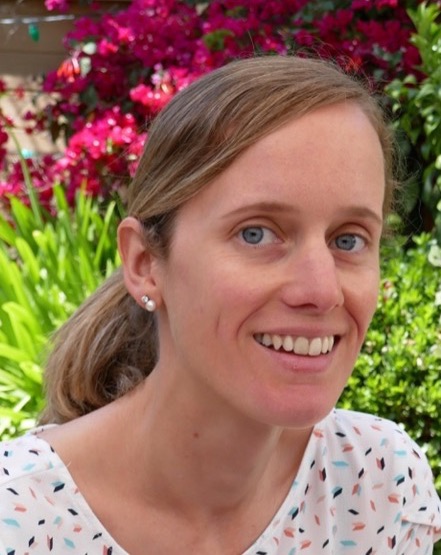
Rosana Aguilera
Rosana is a postdoctoral researcher working at the intersection between geoscience, climate and public health. Rosana is also part of the research group directed by Prof. Tarik Benmarhnia, which focuses on environmental epidemiology and health. Rosana’s research path started as a watershed hydrologist and limnologist studying spatio-temporal patterns in riverine water quality in Mediterranean basins under global change. Her postdoctoral work pointed to the possibility that watershed-scale biogeochemical models are highly biased due to inappropriate assumptions in large, impaired rivers. During her previous postdoctoral experience at UCSB, Rosana was involved in assessing the impacts of nutrient availability and pollution on coastal ecosystems in a changing world. At her current position at SIO, Rosana has studied the link between coastal water quality and extreme precipitation events caused by atmospheric rivers, which has implications on public health. In addition, Rosana and colleagues have assessed the relationship between fine particulate matter and Santa Ana winds in Southern California, both in the absence and presence of wildfire smoke. Her most recent work is related to quantifying wildfire smoke exposure and associated patterns of respiratory illnesses, both in time and space, in a highly diverse region like Southern California.
Rosana’s CV
contact information
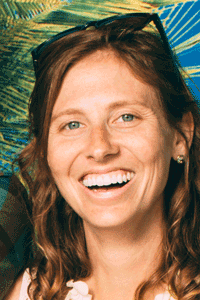
Rachel Clemesha
Rachel is a Project Scientist whose research focuses on coastal climate and meteorology, weather extremes, and impacts of low clouds. She developed a multidecadal satellite derived record of U.S. West Coast low clouds and her PhD work described California coastal cloud variability. Rachel enjoys using her knowledge of low cloud dynamics as a gateway to collaborate with a diverse range of scientists. The need to quantify the role (either supporting or leading) of low clouds has allowed Rachel to contribute to research related to: marine biology, solar energy, agricultural systems, epidemiology, and biodiversity. Additionally, Rachel contributes to work on weather extremes (cold spells and heat waves), atmospheric rivers, and aerosol chemistry.
Personal Webpage
contact information

Tom Corringham
Tom is a postdoctoral economist whose research focuses on the social and economic impacts of climate change and extreme weather events. His areas of expertise include catastrophic floods and wildfires, atmospheric rivers, agriculture, drought, and public health. His recently published work includes studies of the costs of atmospheric rivers and of the influence of El Niño on flood damages in the western United States. He is currently involved in projects that quantify the health impacts of wildfire smoke in Southern California, assess the sustainability of California’s water supply, and forecast the increasing costs of atmospheric rivers in the coming century. His long term research objective is to identify ways in which scarce resources can be allocated to protect the most vulnerable communities from climate change and extreme events.
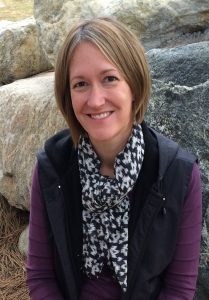
Kristen Guirguis
Kristen is a project scientist whose research includes regional and global climate variability and change, weather prediction and predictability, climate and weather extremes, and impacts on human health and society. Current and recent projects focus on improving predictions of precipitation extremes in California on extended range to seasonal timescales, off-season heat waves in California and their impact on snowpack and water resources, and heat related health impacts on populations in California. Her work has contributed to recent governmental climate change assessment reports, and her research projects often include collaborations with local or State government agencies and non-profit organizations to work together to help improve outcomes of heat waves and other types of extreme weather.
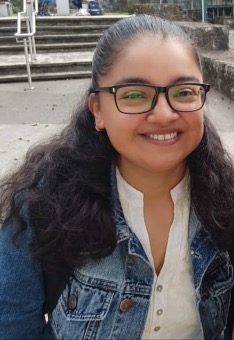
Rosy Luna Niño
Rosy is a postdoctoral scholar whose research includes regional modeling, weather events, interannual variability, climate change, as well as their regional and local impacts. Her work has explored the dynamic of the winter phenomena: subtropical jet stream, cold fronts, winds in the Gulf of Mexico (Nortes), and their future climate projections for the 21st century. During her Ph.D. and previous collaborations, Rosy has also studied the dynamical models WRF and RegCM, to better understand and simulate regional and local processes like winter precipitation and intense winds in Mexico (Nortes, Tehuanos). Her initial work at CW3E/Scripps focuses on the statistical seasonal climate and hydrology – precipitation, temperature, streamflow – prediction for the Western US related as well as investigating the role of Atmospheric Rivers in our varying and changing hydroclimate.
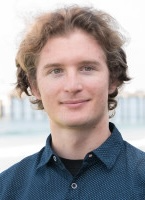
Alexander Weyant
Bio comming soon.

